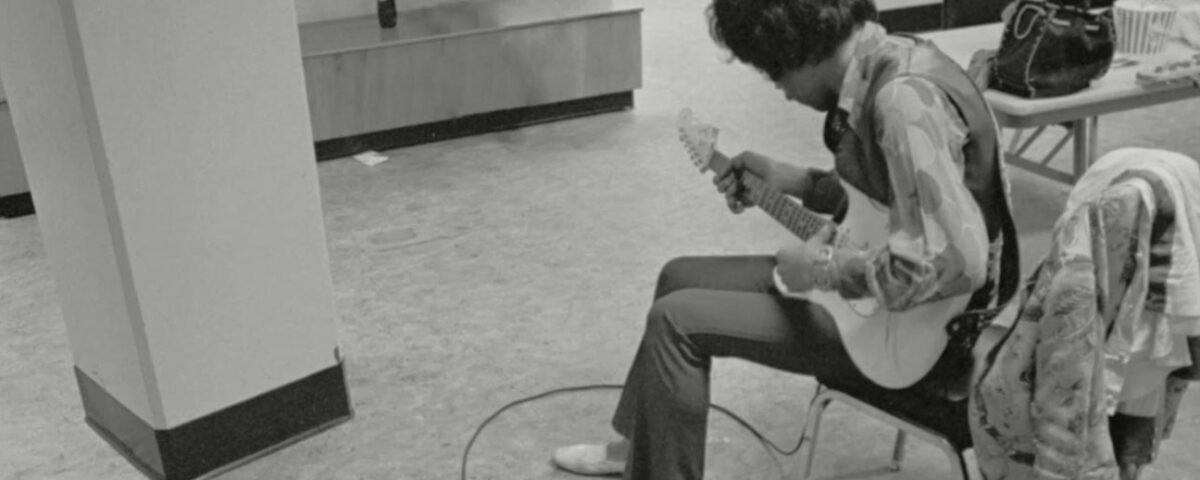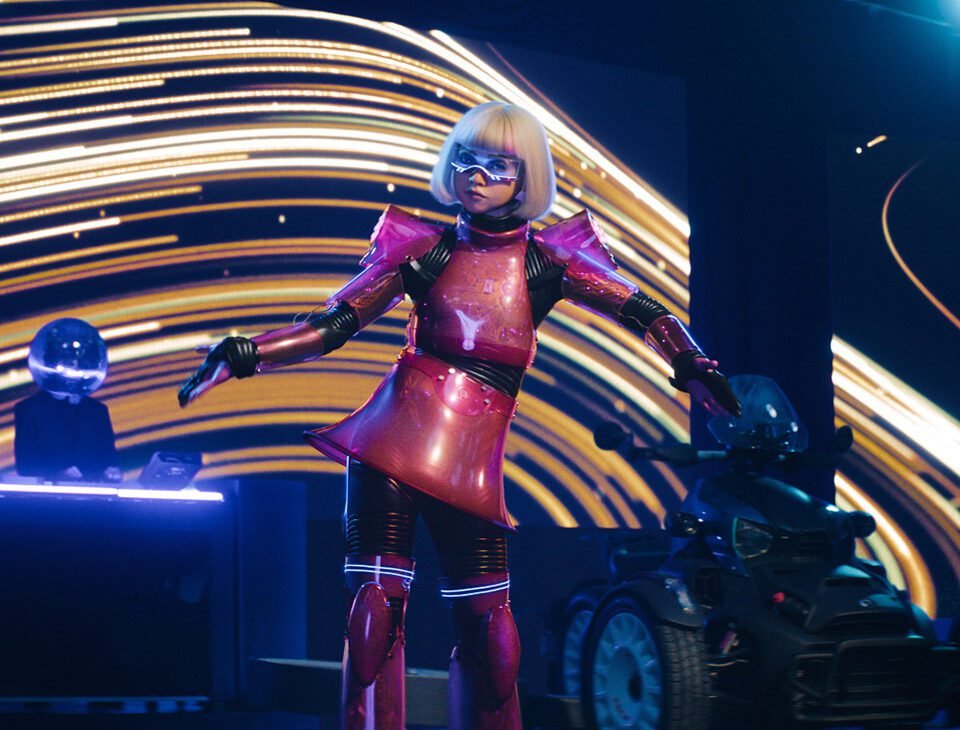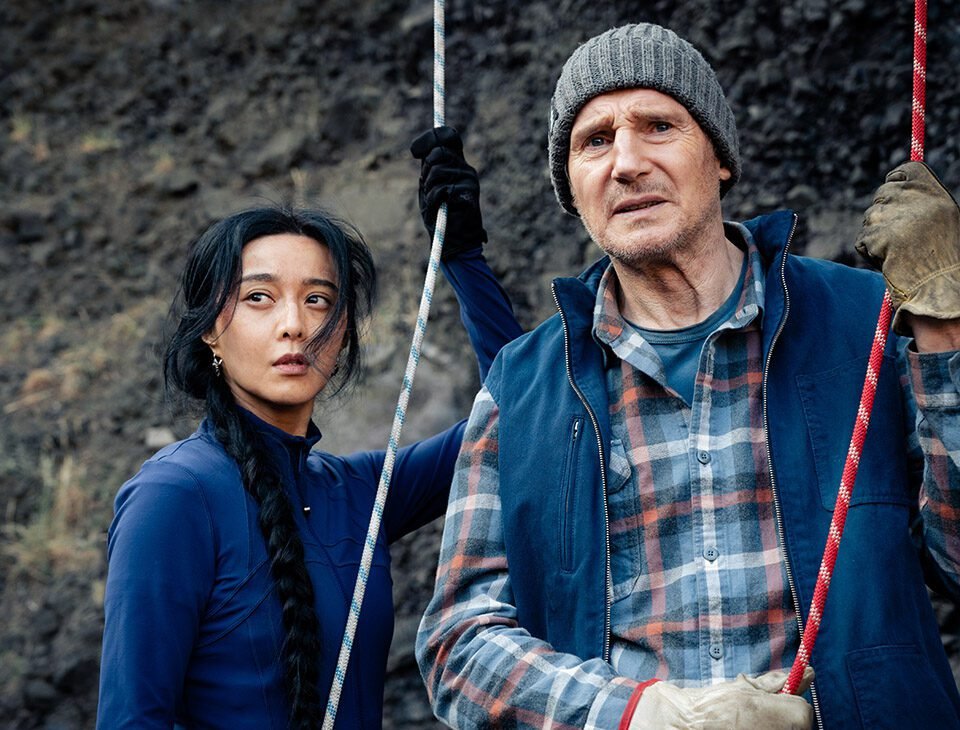


Paramount to Cut 15 Percent of U.S. Workforce In Major Layoff Plan
August 9, 2024


‘Borderlands’ Review: Cate Blanchett Is a Gunslinging Bounty Hunter in Eli Roth’s Joylessly Gonzo Adaptation of the Popular Video Game
August 10, 2024The people who helped the music icon realize his groundbreaking idea for a recording studio tell the story of how it was done in John McDermott’s oral history.
Electric Lady Studios: A Jimi Hendrix Vision
Revelatory and refreshingly low-key.
Over the 54 years since it opened, Electric Lady Studios in New York has hosted recording sessions for a who’s who of music acts. Its earliest clients included Led Zeppelin, Carly Simon and Stevie Wonder — none of whom are in the documentary about the facility that’s now hitting theaters. That absence is noticeable at first but ultimately not a problem; one of the strengths of John McDermott’s film is that it breaks the rock-doc mold by not relying on a starry roster of talking heads.
Embracing the people who constructed and ran Electric Lady in an atmosphere of “creative chaos,” as studio manager Linda Sharlin affectionately puts it, McDermott’s straightforward oral history offers an unfamiliar slant on the biography of a legendary performer, and contains tantalizing asides.
Hendrix would be dead from an overdose just a month after the studio’s August 1970 opening party. Today, crucial elements of what he envisioned half a century ago remain unchanged at Electric Lady. More than that, “his spirit is still there,” says Eddie Kramer, the recording engineer who was a key partner in Hendrix’s sonic innovation and his studio venture, and a central figure in the film.
The saga begins with the purchase by Hendrix and his manager, Michael Jeffery, of Generation, a Greenwich Village basement blues club on West 8th Street, previously the country music venue Village Barn. (Next door was the 8th Street Playhouse cinema, which would be shuttered in 1991; occasional glimpses of the marquee, announcing such offerings as Mr. Hulot’s Holiday and the Czech drama The Most Beautiful Age, are a touch of nostalgia that will warm the hearts of art house fans.)
The $50,000 investment would turn into a $1 million DIY project. Hendrix’s initial idea was to create a nightclub inspired by Cerebrum, the SoHo spot that was a kind of public loft party for the beautiful people and their psychedelic adventures. (Not widely remembered these days, Cerebrum closed less than a year after its November 1968 launch.)
Musicians Buddy Guy and Steve Winwood offer brief reminiscences, the latter pointing out how Electric Lady forged “a path for a different sort of recording,” a place where musicians could experiment and “make accidents happen.” But for the most part the documentary is concerned with the people who worked there. McDermott spends quality time with Kramer and other Electric Lady engineers: Dave Palmer, the drummer Kramer enlisted and mentored; Shimon Ron, a seasoned pro; guitarist and synth player Kim King, another enlistee; and John Jansen, a hanger-on turned studio assistant.
As to the music itself, McDermott certainly had access to it, but he uses performance clips of Hendrix sparingly. He’s more concerned with present-day scenes of Kramer, Palmer and King at the Electric Lady mixing board, recalling the sessions for some of the last tracks Hendrix recorded, “Freedom” and “Dolly Dagger” among them. It’s clear that the engineers are revisiting cherished moments, and, along with their firsthand knowledge of Electric Lady’s acoustics and atmosphere, their love for Hendrix and the singular blues-rock he conjured quietly infuses the proceedings.
Only the gentlest sort of friction arises in the stories told, most of it attributable to outside figures, not Hendrix. When his bandmates weigh in, briefly, it’s with fondness. In an archival clip, drummer Mitch Mitchell, who died in 2008, talks about Hendrix’s eagerness to check out other people’s shows when they were on the road, and how, guitar at the ready, he often joined the performers onstage. Bassist Billy Cox mentions the strawberry upside-down cake they would enjoy while hanging out in Hendrix’s Village apartment.





